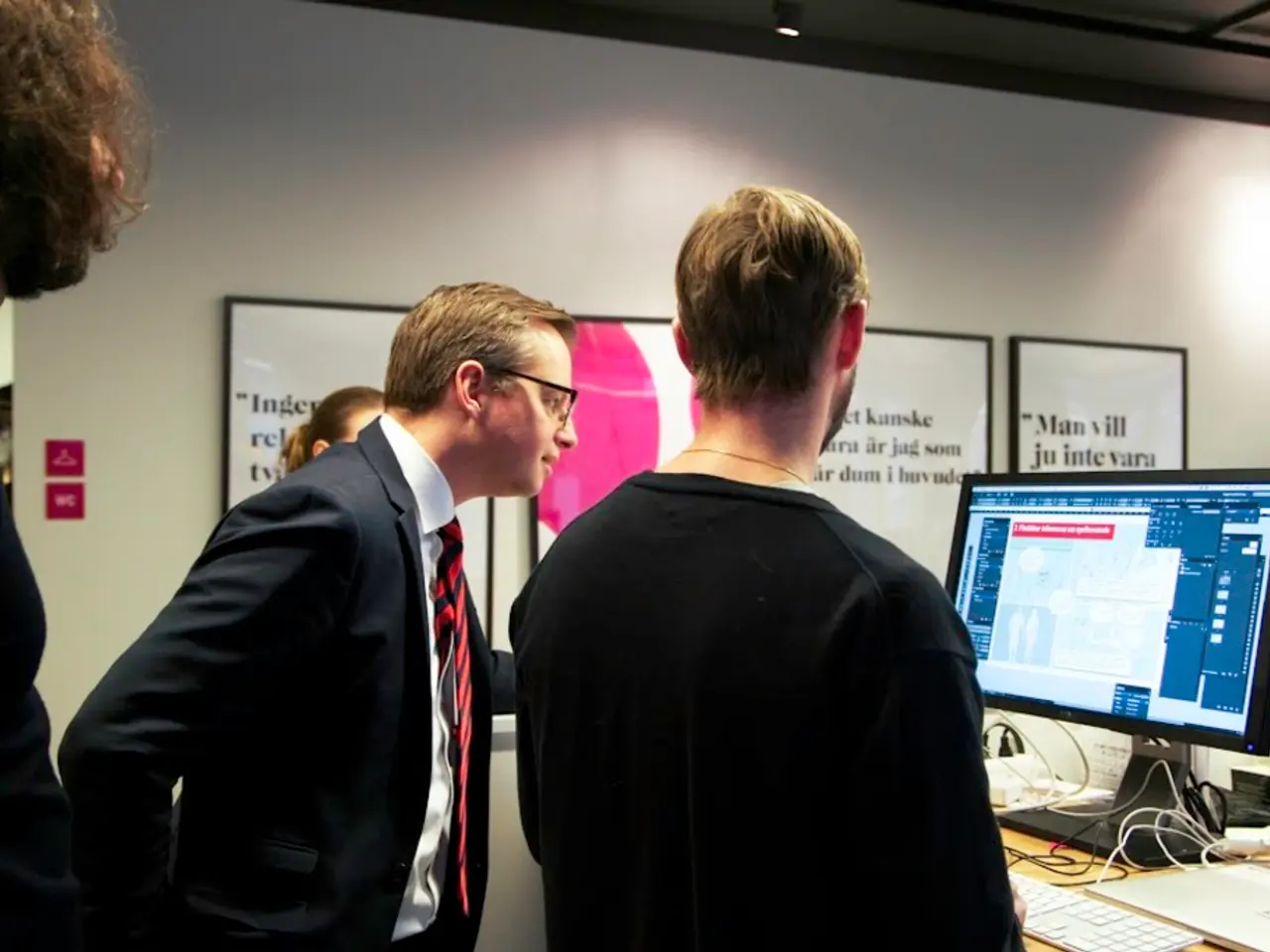Microsoft unveils its vision for 'Windows 2030', highlighting a planned transition towards AI-driven user interfaces
Microsoft has unveiled its vision for the future of Windows, dubbed "Windows 2030 Vision," which promises deep AI integration to transform the desktop user experience by 2030. The vision moves away from traditional inputs like mouse and keyboard towards multimodal, natural language interactions enabled by agentic AI.
Key elements of this vision include:
- Multimodal Interaction: The system will be capable of seeing, hearing, and understanding the user’s environment and inputs, enabling sophisticated natural language commands and visual recognition to drive tasks.
- Agentic AI Integration Throughout the OS: AI won’t just be inside apps but will act as an autonomous collaborator orchestrating workflows across applications and contexts. This includes features like "Copilot Mode," where AI manages multi-tab workflows, and AI agents capable of complex decision-making and collaboration.
- A Shift Away from Traditional UI: Microsoft's Corporate VP David Weston compared the future input paradigm shift to how Gen Z sees MS-DOS as alien, implying that keyboards and mice may become obsolete or secondary.
- Windows AI Foundry Platform: Microsoft is building infrastructure to support AI lifecycle operations on Windows, providing developers tools and APIs for building AI-enhanced apps across vision, language, and decision tasks.
- Ambient Computing Integration: Future Windows is expected to incorporate AI and ambient computing principles for more natural, context-aware interactions with the computer through senses beyond just touch and type.
The recent announcement of Copilot Mode for Microsoft Edge may serve as a test of some of the technology that will power this future. Microsoft has already built working prototype code for this potential desktop UX paradigm shift, and more episodes discussing this vision are expected in the near future.
This vision positions AI not as an add-on but as a core, pervasive interface layer of Windows by 2030, fundamentally reshaping the desktop user experience through natural, multimodal communication and intelligent agents managing tasks seamlessly across the OS environment.
The video outlines Microsoft's vision for the future of Windows over the next five years, with David Weston, Microsoft’s Corporate Vice President of Enterprise & Security, providing insights. This vision was first detailed in 2023, when Microsoft outlined three ways it foresaw AI being integrated into software.
The wave of "AI-powered" web browsers may give a glimpse of what the future of Windows with AI integration might look like.
[1] Microsoft (2023). Talk by Steven Bathiche at Build 2023 [2] Microsoft (2023). Windows 2030 Vision Video [3] Microsoft (2023). Windows AI Foundry Platform [4] Weston, D. (2023). Interview on AI and the Future of Windows [5] Microsoft (2023). Ambient Computing at Microsoft
- The upcoming 'Copilot Mode' for Microsoft Edge could be a sneak peek into the technology that will drive the future Windows desktop user experience, as proposed in the 'Windows 2030 Vision.'
- Microsoft's 'Windows AI Foundry Platform' is being developed to empower developers to create AI-enhanced apps across various tasks such as vision, language, and decision-making.
- With the 'Windows 2030 Vision,' Microsoft aims to transition the desktop interface from traditional UI to a more advanced, multimodal system that relies on natural language commands and visual recognition.
- In the collaborative workflow of the future, AI is expected to act as an autonomous 'collaborator' orchestrating tasks across various applications and contexts, as envisioned by Microsoft's 'Copilot Mode' and AI agents with complex decision-making capabilities.
- In line with the 'AI 2030 Vision,' AI is anticipated to become a core, pervasive interface layer within Windows, fundamentally altering the desktop user experience through seamless, context-aware interactions enabled by natural, multimodal communication.
- Artificial intelligence integration, as shown in the new wave of "AI-powered" web browsers, may offer a glimpse into what the future of Windows will look like when its desktop UX evolves with AI.




